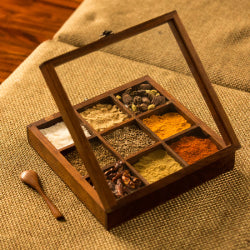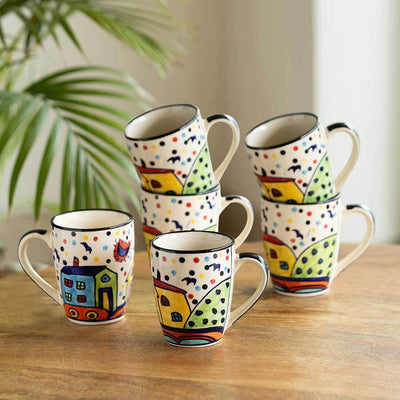Dhokra Art: An Ancient Metal Casting Technique of West Bengal
India is a nation that is known throughout the world for its rich cultural diversity. The handicrafts made by local artisans from different corners of our country are incredibly popular worldwide. They are regarded as a significant representation of India culture and heritage. Indian handicrafts are usually made from natural raw materials and are eco friendly. Dhokra art is one of the many unique handicrafts that originated from the Indian subcontinent that has passed the test of time.

Dhokra Art History
The origins of Dhokra Art dates back to 4000 BC when a metal sculptor in the Mohenjo-Daro civilization created a unique sculpture of a dancing girl. This marked the discovery of one of the oldest methods of non-ferrous metal casting technique known to humankind. This art form's roots have spread to various states on the eastern coast of India, including the states of Madhya Pradesh, Bihar, West Bengal and Odisha since then. The talented craftsmen use lost wax techniques to create marvellous brassware artefacts. Usually, the miniature figurines of animals, mythical characters, tribal people, drummers, etc., are created using Dhokra art. The name “Dhokra” has its origins in Dhokra Damar Tribes, known for their excellent metalwork.
The present-day artisans also use the same age-old lost wax techniques that the metalsmiths of the Indus valley civilization used back then. They create exquisite pieces of artefacts which have gained immense popularity in recent years. Nowadays, people prefer to decorate their houses with antique pieces of home décor items. People worldwide buy the Dhokra metal craft as it adds to the timeless appearance of their living rooms and dining rooms.
The Dhokra handicrafts are passed down from generation to generation in the family of metal sculptors and craftsmen. The artisans closely focus on the artefacts' intricate detailing and ensure that every piece is unique in its own way.

Making of Dhokra Art
The non-ferrous metal casting technique of lost wax is used to make the Dhokra figurines. A substantial amount of hard work is given to making these unique pieces of artefacts.
Firstly, a smaller version of the desired artefact is created using clay. This clay is left to dry in the sun, and later, it is coated with wax to give it a considerable thickness. After the wax layer is entirely dried off, it is subsequently coated with several clay layers till the final mould is thick enough. It is then heated to melt the wax layer. After that, when the wax is drained, the molten metal is poured into the cavity to give it the clay figurine's shape. Once the metal is dried and cooled off, the clay mould is broken into a few pieces. No two pieces of Dhokra artefacts will ever look the same because the mould is broken. The final step of making Dhokra artefacts is applying colour to the figurine and then giving it the last touch of wax coating at the very end.

Evolution of Dhokra Art
The Dhokra art form is used to make artefacts, jewellery, and other kinds of accessories. This art form is also used in different parts of Rome, Egypt, Greece and China. Today, artisans incorporate modern trends and innovations in their traditional designs to attract more customers worldwide. The artefacts are made smaller in size and lighter in weight, keeping the essence of the art form intact to make it affordable for all sections of society.
The Decline of Dhokra Art
Unfortunately, despite its popularity among foreign tourists, the intricate Dhokra metal craft is facing a sharp decline. The raw materials are getting more and more expensive with time, making the Dhokra figurines extremely expensive for the customers. The majority of the people are unwilling to invest such a massive amount of money in buying Dhokra handicrafts. Lack of market demand discourages the artisans in producing Dhokra art paintings. Furthermore, due to a lack of proper knowledge and technology, the craftsmen face a significant setback in making the Dhokra art. The young generation of artisans is opting out of the handicraft business for choosing the type of jobs that provide a steady lifestyle and income.
It is high time for us to embrace the Indian culture by investing in Indian Handicrafts, otherwise, that day is not so far when the exquisite art forms like that of Dhokra art will no longer be in existence. On Exclusivelane.com, you get an opportunity to explore a wide range of Dhokra art collection made by talented artisans from all corners of India.








Leave a comment